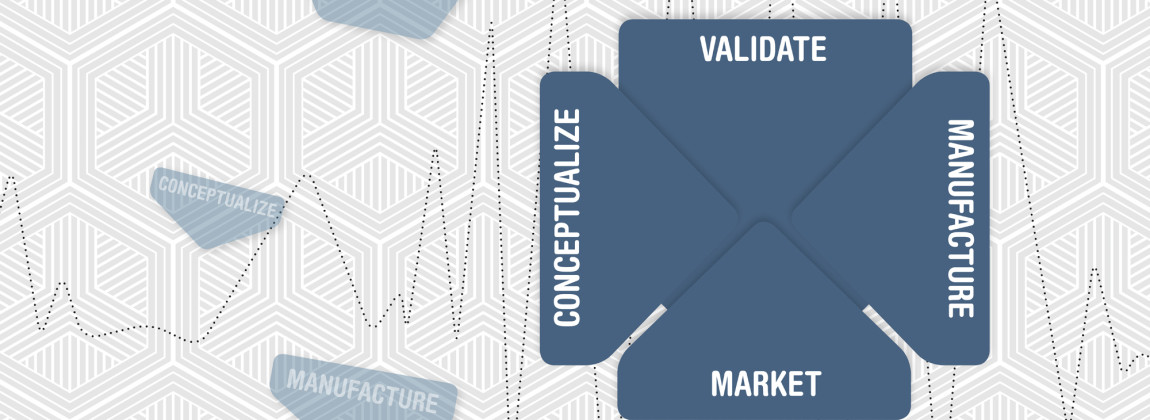Doctoral Thesis Defense: Steinar Killi
PhD Candidate Steinar Killi is set to defend his thesis, entitled ”Designing for Additive Manufacturing: Perspectives from Product Design” on June 4th, 2013.
This thesis deals with Additive Manufacturing (AM) as a production method, with emphasis on product design. There is a size-able literature on the technical aspects of AM, but the implications on the design process are seldom covered. AM could put the designer yet again in a holistic position in product development, where craftsmanship could be industrialized and enrich the design process.
Based on several case studies, and with a historical review of product development, a methodological perspective on a design method for AM is introduced; “The AICE approach”.
Further, a systemic description of existing and conceptual products manufactured with AM technology is provided.
Three tentative business models for designers and others who want to exploit this technology, often framed as central to the next industrial revolution, are suggested; Direct Individual Production, Direct Micro Production and Direct Licensed Production
Steinar Killi (1964) has a MSc in material technology from NTH in 1991. He has been employed at the Institute of Design at the Oslo School of Architecture and Design since 1994. Steinar has worked with Additive Manufacturing technology since 1997 and has given several international lectures and he received the DINO award in 2008 for his work within the Additive Manufacturing community.Steinar is a member of the scientific board of VRAP and has been a reader for several related journals.





